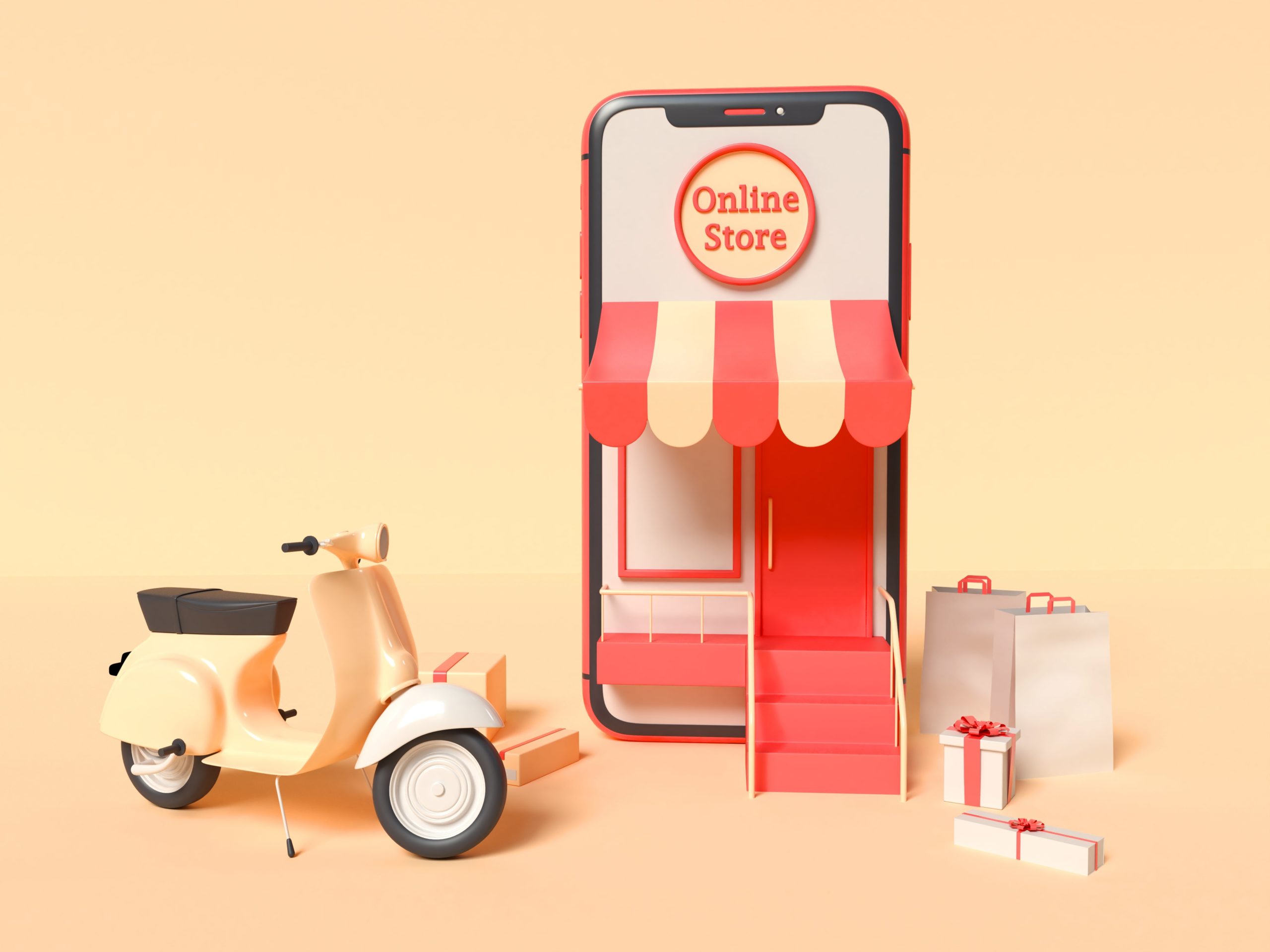
Difference between b2b and b2c: e-Commerce
29 April 2021
Business-to-Business (B2B) e-Commerce is the business that sells to another business services and/or products in order to sell it to end-users. Whilst Business-to-Consumer (B2C) e-Commerce is the kind of business that sells directly to the end-user without any intermediary involved.
Though they both fall under the eCommerce model, the customer experience they offer are different. And so it is the potential customers that land on the website.
5 Differences between B2B and B2C
So, the first difference to take into consideration is the target audience. From here, we can understand the rest of them. In this case, we’ll be talking about: the product details, the call-to-action, the web design, the customer support and the checkout process.
Product details
Since the target audience is different, the difference between B2B and B2C buying behavior is also different. This is why the product details should be taken into consideration.
B2B e-Commerce websites need to focus on things like buying guides, audiovisual material for the products, articles or blogs, and even 24/7 customer support. This is because the purchase process takes more time and they do this in order to make the decision-making process less complex.
Instead, B2C e-Commerce websites need to focus on reviews, ratings, product features and high-resolution images in order to make the decision-making process as spontaneous as possible for the end-user.
Call-to-Action
Both have something in common when it comes to CTA. And that is: the human/emotional connection. You need to tell the client exactly what they want to hear: how is your product going to benefit them.
The difference when it comes to this is that B2B is going to benefit your customer’s business. For example, ensuring more productivity from your employees thanks to your product.
Instead, in B2C is going to benefit individual customers. For example, ensuring you’ll make your customers’ life more secure or even fancy.

Web design
The ultimate objective of B2B e-Commerce websites is to attract other businesses. So, in order to find aman alliance, as a business you need to find a way to solve the other business issues. This means that the homepage must include informative content, it needs to focus on showing a demo, represent the core features of its products, and also trigger the audience’s decision with a “why choose us” section In order to have conversions.
Instead, the features of the B2C homepage should include things such as highlighting sales or discounts, maybe some carousels for different products in order to show their diversity and a lot of click buttons to the pages of each product.
Customer Support
Since B2B e-Commerce websites involve bulk orders. These business models need to provide satisfactory resolutions and invest part of their resources on being well-informed.
These websites must include elements such as:
- A 24/7 customer service
- Live chats
- Video chats
- A FAQs page
- And even after-sale customer care that handles reorders and/or concerns
Whilst the B2C customer spends less, so the order’s volume is very different. Still, customer support is essential for both and amongst the elements that B2C should include are:
- A 24/7 customer support
- A post-sales system that handles the returns/exchanges
- A post-sales system that handles complaints
- Or self-service bots that can handle issues through AI
Checkout Process
In a B2C business setup, the user experience should be simple in order for the customer to be able to navigate to the cart and the payment gateway. Therefore, a B2C website checkout should include:
- Availability to change the quantity of products from the cart
- Availability to add products to the cart
- Availability to delete products from the cart
- Avoid cart abandonment thanks to an easy payment process
- Include all the payment options, such as: credit cards, debit cards, wallets…
- Include “Apply Coupon” sections
On the other hand, the elements that B2C checkout pages should include are:
- Availability to change the quantity of products from the cart
- Availability to add products to the cart
- Availability to delete products from the cart
- Have an active checkout process thanks to demos, phone calls, and video chats
- Include payment options such: credit cards, procurement punchout, credit, ACH payments, cryptocurrencies…
- Ano even a one-click reordering system for the future
 1Last In, First Out (LIFO): Loa...
1Last In, First Out (LIFO): Loa...29 March 2025
 2Intermodal Transport: Keys to ...
2Intermodal Transport: Keys to ...24 February 2025
 3Role of Logistics in Natural D...
3Role of Logistics in Natural D...18 November 2024
specific topic?
Comments (0)
There are no comments yet. Be the first!